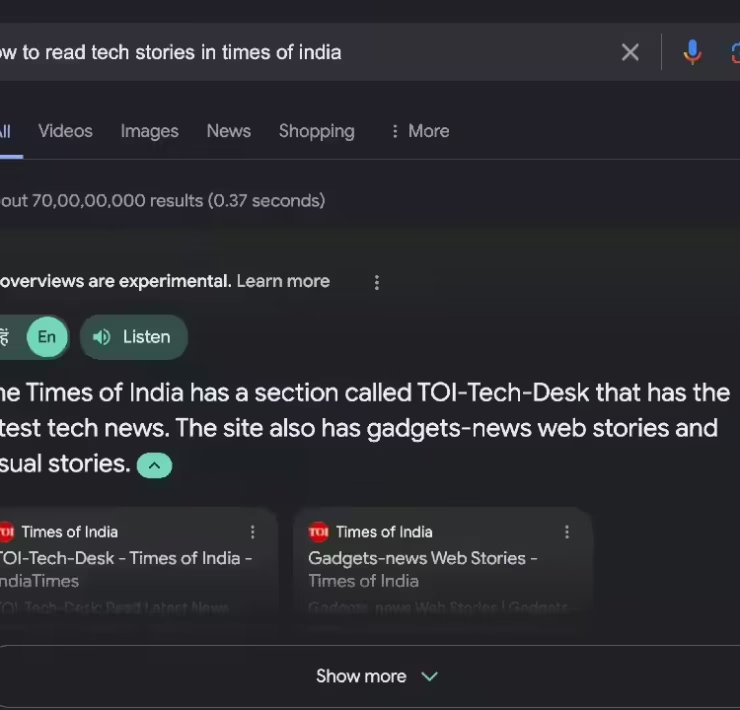
The upstream oil and gas industry is investing heavily in search for new reserves or resource plays, new extraction technologies, and advancements in operational automation. Even though this involves some risk, tech-savvy businesses understand that today’s investment can shower massive returns in the future. Regardless of the asset type, the need of the hour is to implement emerging technologies to optimize oil recovery and maximize output, says GlobalData, a leading data, and analytics company.
Abhishek Paul Choudhury, Disruptive Tech Analyst at GlobalData, comments: “Oil and gas companies are increasingly adopting intelligent automation and other digital enablers to synthesize large amounts of data and derive useful insights to ease complex field activities that have defined the upstream value chain. IoT technologies coupled with AI algorithms are in action to screen and discover optimal acreage options, improve subsurface modeling, and enhance drilling performance.”
GlobalData’s latest report, ‘Data is the new oil: how tech transformation can fuel efficiencies in oil and gas’, highlights how oil and gas companies are leveraging emerging technologies to better manage the challenge-laden upstream processes while avoiding risks and generating profits.
Convergence of emerging technologies for predictive asset maintenance
US-based energy company KBC co-launched an AI-powered predictive maintenance system with domestic software company OLI that integrates KBC’s Petro-SIM simulation abilities with OLI Alliance Engine. The combined software solution creates a digital twin, which integrates the IoT and AI of entire assets across the system to help with real-time predictions on corrosion, scaling, and fouling for upstream oil and gas players.
IoT-enabled remote oilfield monitoring
American oilfield equipment supplier ‘Sensorfield’ developed IoT-based remote monitoring solutions to provide real-time, round-the-clock operational data of the oil wells. The solutions were developed to withstand the harsh weather conditions and leverage tech advancements to provide real-time data and alarms for tank levels, pressure and flow rates, compressor health, and location security.
AI-augmented production optimization
Equinor developed a machine learning model to analyze mud-gas data to predict the gas to oil ratio of wells as they are drilled. It is written in python and can be embedded into existing commercial petrophysics software. As it happens in real-time, it can act as an alert system when drillers are tapping into uneconomic pay zones.
Mr. Paul concludes: “As global oil and gas operators look to 2022 budgets, they must balance investor expectations to grow volumes and revenues. This can only be mapped with judicious upstream technological adoption that can not only keep downtime at bay but also help explore the function’s true potential to improve yield sustainably while avoiding hazards.”
(Except for the headline, this story has not been edited by The Technology Express staff and is published from a syndicated feed)
















